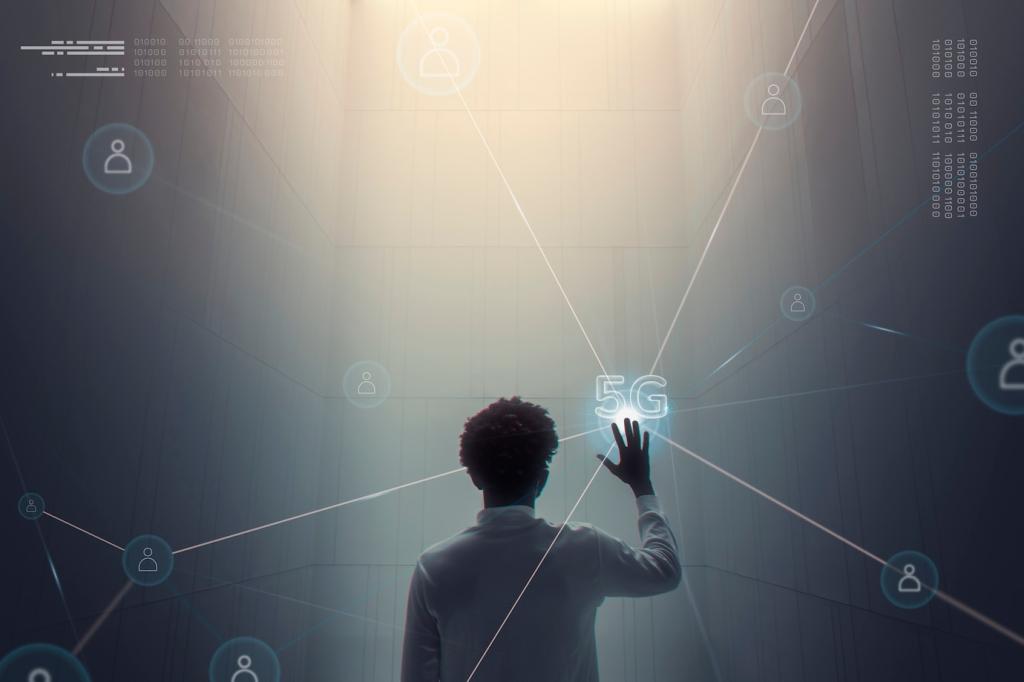This website uses cookies so that we can provide you with the best user experience possible. Cookie information is stored in your browser and performs functions such as recognising you when you return to our website and helping our team to understand which sections of the website you find most interesting and useful.

AI-Driven Transformations in Film and Media
The integration of artificial intelligence into film and media is revolutionizing how stories are conceived, produced, distributed, and experienced. Once strictly the domain of human creativity, filmmaking and media content have entered a new era shaped by algorithms, data analysis, and machine learning. AI-driven tools are redefining every aspect of the creative pipeline, challenging traditional workflows while opening unprecedented possibilities. This transformation not only streamlines production and post-production but also empowers creators to imagine narratives and experiences previously deemed impossible. Understanding the full scope of AI’s impact in film and media is essential for professionals, creators, and audiences as the industry enters this dynamic and exciting new chapter.

